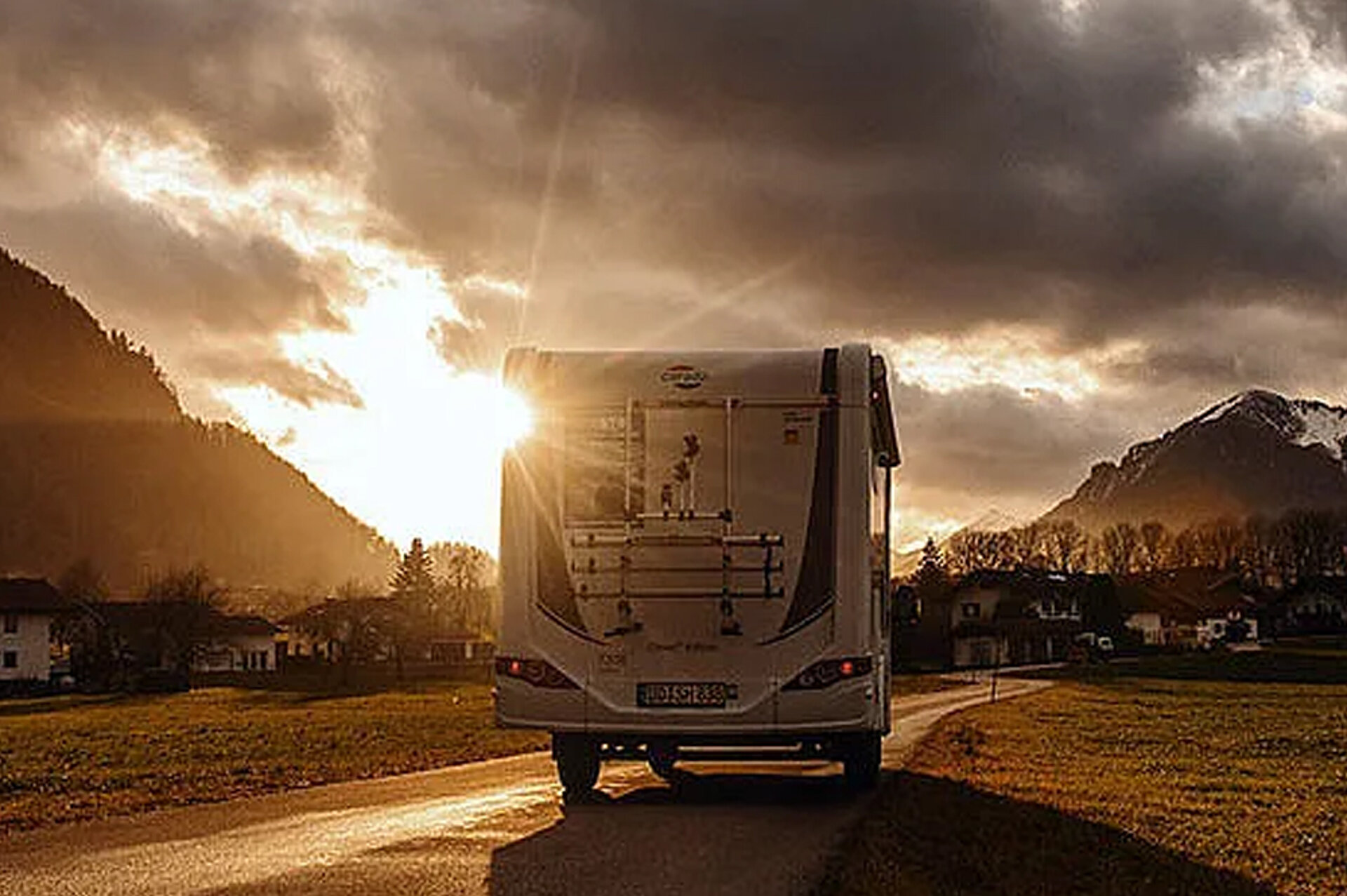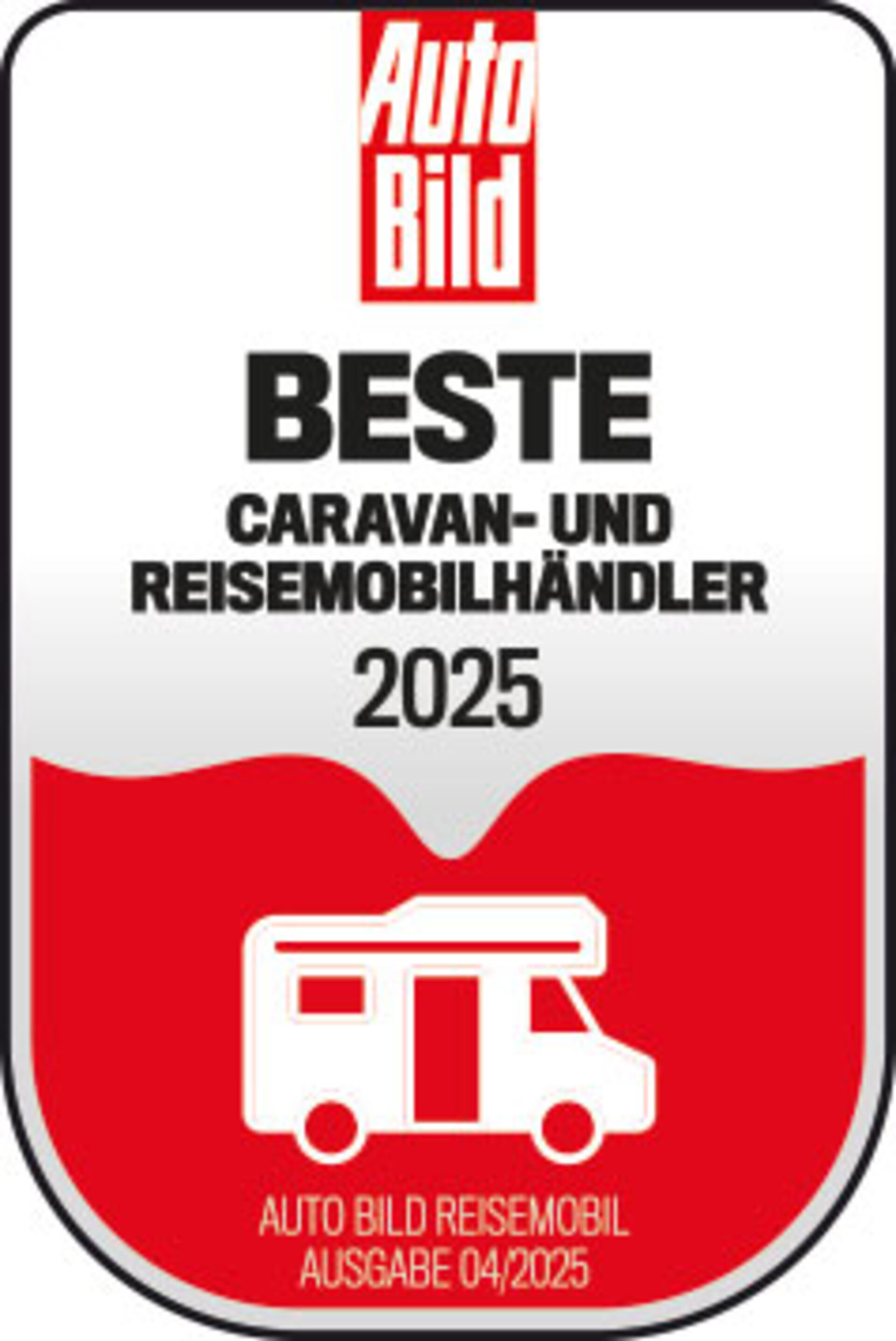Please note the following 7 steps
Check your vehicle
Cold weather and frost can damage our vehicles. We therefore recommend that you give your vehicle a thorough check-up well in advance of your first trip (at least 14 days beforehand). This will help you avoid any stress shortly before the start of your trip and ensure that your first tour is a relaxed and enjoyable experience.
Fill up the fresh water system
Fill up the fresh water system, BUT only switch on the pumps after 2–3 hours to allow the seals to acclimatize and any deposits to soften (algae + limescale – the older, the more), otherwise the fuse for the water pump could trip.
TIP: It is ideal to add a cleaner for fresh water systems when filling the water for the first time in the year to remove the musty smell from the weeks of downtime. We will be happy to advise you!Check water taps and tightness
After waiting or cleaning, open the water taps. Once full pressure has been reached, let them run for at least 3 minutes while you check that all taps and connections in the vehicle are tight and have not suffered any frost damage.
Check tire pressure and inflate if necessary
Check the tire pressure and inflate them if necessary in accordance with the values specified in the vehicle manual. In some cases, you will also find this information on the door frame or fuel filler flap.
Switch on the refrigerator and check the gas function
Switch on the refrigerator. The gas function is particularly important. The burner may have been occupied by spiders during the winter. Remove the lower ventilation grille from the side panel and check for cobwebs – if there are any, the burner should be cleaned. Please have this done by a specialist! If the burner is dirty, it will not operate at full capacity and this may result in a loss of cooling or further damage to the refrigerator.
Switch on the gas heater
Switch on the gas heater; here too, an insect may have entered the combustion chamber via the exhaust duct. You will notice this if the flame starts poorly or not at all. In this case, we also recommend having it checked by a specialist.
Check the voltage of the vehicle batteries
Check the voltage of the vehicle batteries. It would be good if you have charged them regularly during the winter months to avoid deep discharge. Connect the vehicle to the power supply for at least 24 hours, preferably 48 hours. If you have access to the batteries, it would be beneficial to feel them with the palm of your hand to see if all cells are evenly warm. If one area is very hot, the battery may have actually suffered cell failure due to deep discharge over the winter. CHARGING PROCESS: Fully charge the battery(ies) and then leave them connected to the mains for at least another 24 hours. This will remove any sulphates that have formed.

Spring inspection:
Let us get your vehicle ready for a successful season! We offer comprehensive spring inspections that include not only a check-up but also checks of important elements such as brakes and technology. Many of our customers release their vehicles from winter storage in March and have them thoroughly inspected by our experts. Don't miss the opportunity to make your vacation trip a carefree experience—make an appointment with us in good time!
That's it for our spring checklist! If you need further information, instructional videos, or a self-help tool, take a look at our schaffer-mobil app!
Click here to download it now!




